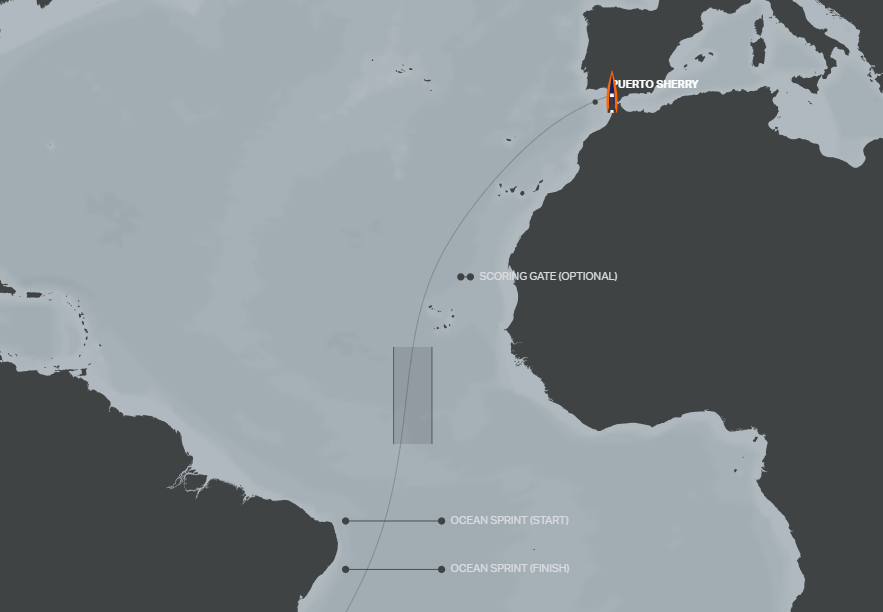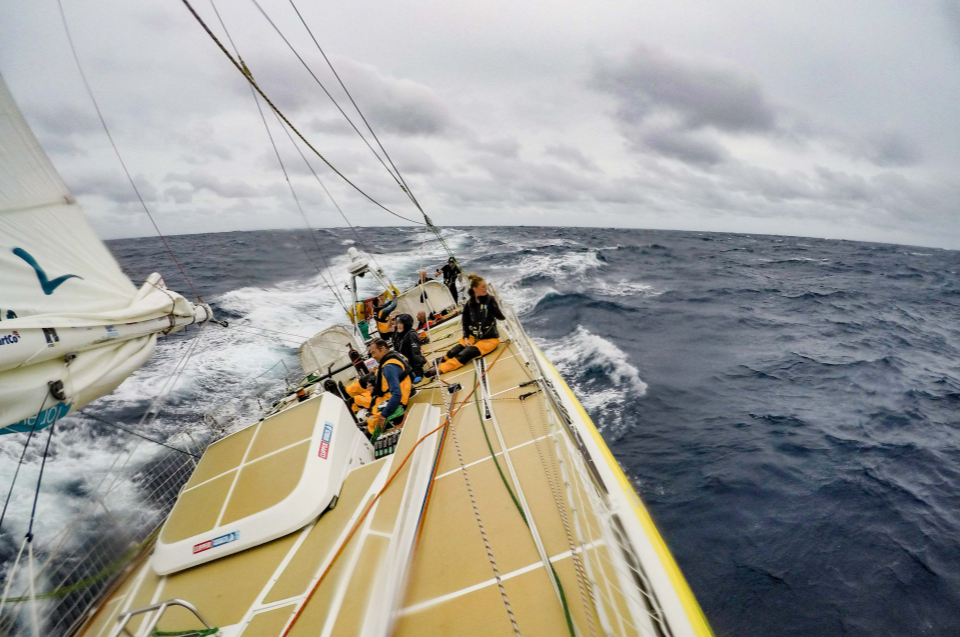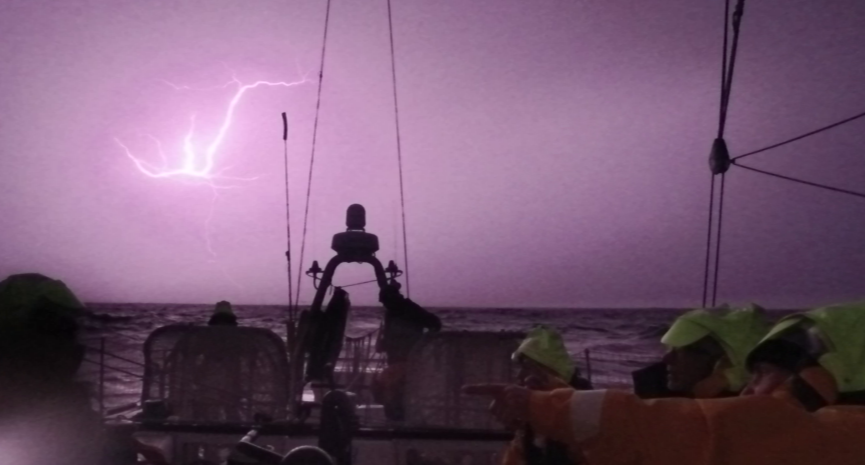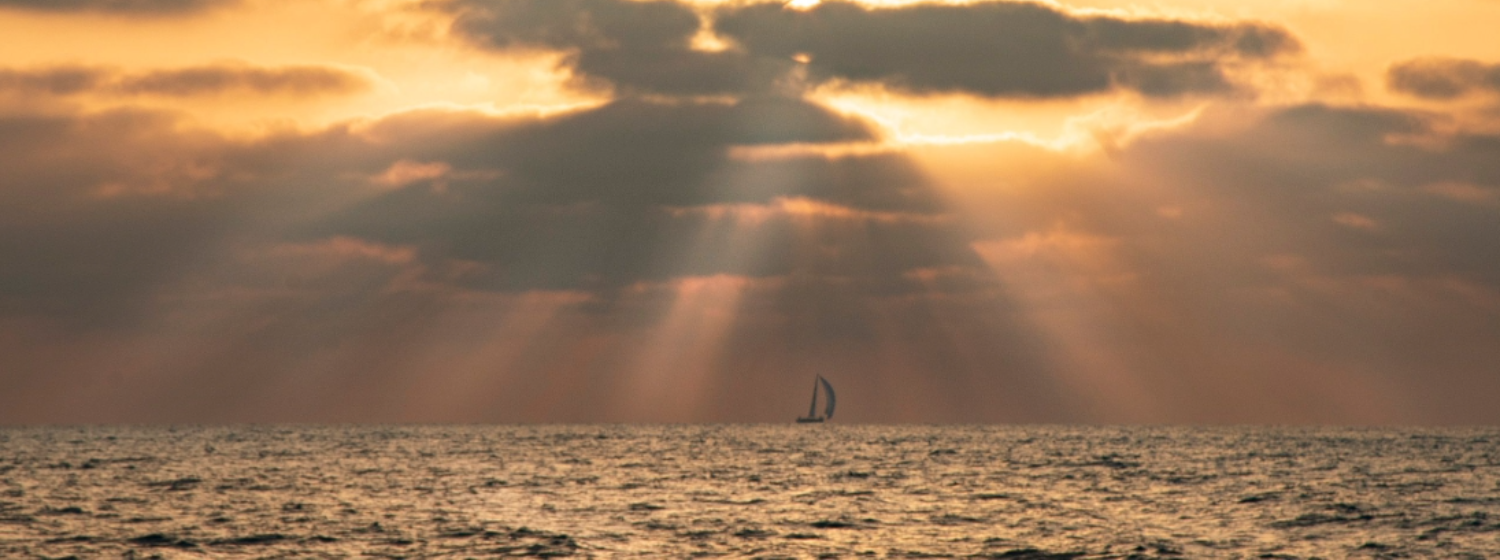Race 2: Hundred Years Cup- what lies ahead on the first ocean crossing
15 September 2023
After a sun (and sherry) soaked stopover in Puerto Sherry, it’s time for the focus to turn to the first ocean crossing of the Clipper 2023-24 Race.
Race 2: Hundred Years Cup, will see the eleven-strong fleet endure a 5,300nm race across the Atlantic Ocean from Puerto Sherry in Spain to Punta del Este in Uruguay, which will welcome the fleet for the third consecutive edition.
The Yacht Club Punta del Este is celebrating its 100 Year Anniversary, and with the arrival of the Clipper Race fleet kicking off the festivities, crew can expect a fiesta on arrival into the Uruguayan city. The race from Spain to Uruguay is therefore aptly named the ‘Hundred Years Cup’ to commemorate the history of the Club.
Juan Etcheverrito, Commodore of the Yacht Club Punta del Este said: “What a race this one will be! The Hundred Years Cup, as we named it, says it all. One hundred years of seamanship, camaraderie, respect, competitiveness… all that our team will experience during this race. Wecan’t wait to see our blue beauty enter our port, what a sight it will be! As well as welcoming all crew from each boat, its friends and families will give us the chance todemonstrate what 100 years means to a Club like us.”
The race is due to kick off by way of a line start in the Bay of Cádiz, where supporters on the docks in Puerto Sherry can see the action.

Image: The Race 2 route from Puerto Sherry to Punta del Este
Race 2 is a real test. Across the 5,300nm racecourse, conditions will vary and tactical decisions will need to come into play from the get-go.
Dale Smyth, Deputy Race Director sets the scene for Race 2: “When the race starts, the fleet will be getting some south-westerly wind, as a result of the heat over Spain, but as they get a bit further offshore, the wind should get behind them. The teams are then in for one of the best runs of their lives with the north-east trade winds- they are really consistent and really strong, meaning lots and lots of spinnaker flying, and it’ll be getting warmer and warmer the further south they travel.”
As the fleet moves away from Spain, it’ll be time to navigate the Canary Islands, where Dale explains that “the teams will need to watch out for the wind shadows around the islands, so there will be some important tactical decisions to make here.”
Next up is the Cape Verde Islands, which pose similar challenges of wind shadows, however the lucrative Scoring Gate is placed north of these islands. Veering away from the route, will teams take the chance to gain extra points and potentially risk places? We’ll see. As is clear from Race 1, this gamble can really pay off in terms of rising up the leaderboard, with Punta del Este topping the table after being the only team to go for the bonus points, and then sailing hard to pull off a second-place finish.
Race 2 delivers a real mix of conditions, and a host of real challenges, a significant one being the Doldrums- or the inter-tropical convergence zone- which will see the fleet becalmed. To avoid holding up the fleet for days in zero breeze, Dale explains:“we have put in the Doldrums Corridor rule, which allows teams to opt to use their engines for six degrees of latitude over a 60-hour period. The Doldrums seem to start just south of Cape Verde, so this mechanism is in place so not to hold the fleet up.”
Once through the Doldrums the fleet will cross the Equator for the first time on the circumnavigation, where King Neptune will show his face. Seafaring tradition dictates that any ship crossing the Equator must pay its respects to the Lord of the Seas, King Neptune. One of the major milestones of the race, crew members are transformed from Polliwogs (the name for someone who is completing the crossing on a boat for the first time) to Shellbacks (the name for someone who has previously crossed this way).Once past the Equator, conditions become quite tricky. Dale explains: “Initially the teams will have quite a hard upwind sail as the south-east trade winds approach the Doldrums and bend to the south-west. The fleet will be square upwind for quite a few days, until the teams head further south and west toward South America- so fairly rough sailing until the wind backs, and then some reaching conditions will be on the cards.”

Image: The start of a cyclone on Race 2 of the 2019-20 edition
As the fleet races down the coast of South America, a big consideration will be the notorious Pamperos: low pressure systems that develop over the South American continent. This phenomenon is caused by burst of polar air, developing dark, ominous ‘roll clouds’ which can bring vicious and intensely windy conditions of over 70-80 knots, as experienced by the fleet on the last edition.Once through these potential curveball weather systems, it should be fast arrival into Punta del Este.

Image: Taken on Race 2 in the 2019-20 edition
With nerves shaken off and the bar of competition set very high in Race 1, Race 2 will see the teams focussing on pushing hard and sailing fast to move their way up the race standings. With Yacht Club Punta del Este currently at the top of the leaderboard, and racing into its home port, Nano, Angus and the team will be looking for a strong result into Punta.
Needless to say, after a 5,000+ nautical mile marathon across the Atlantic, the fleet can expect a very well deserved, warm Latin American welcome into Punta del Este- a much-loved stopover which is a true showcase of the local culture.
Join The Race